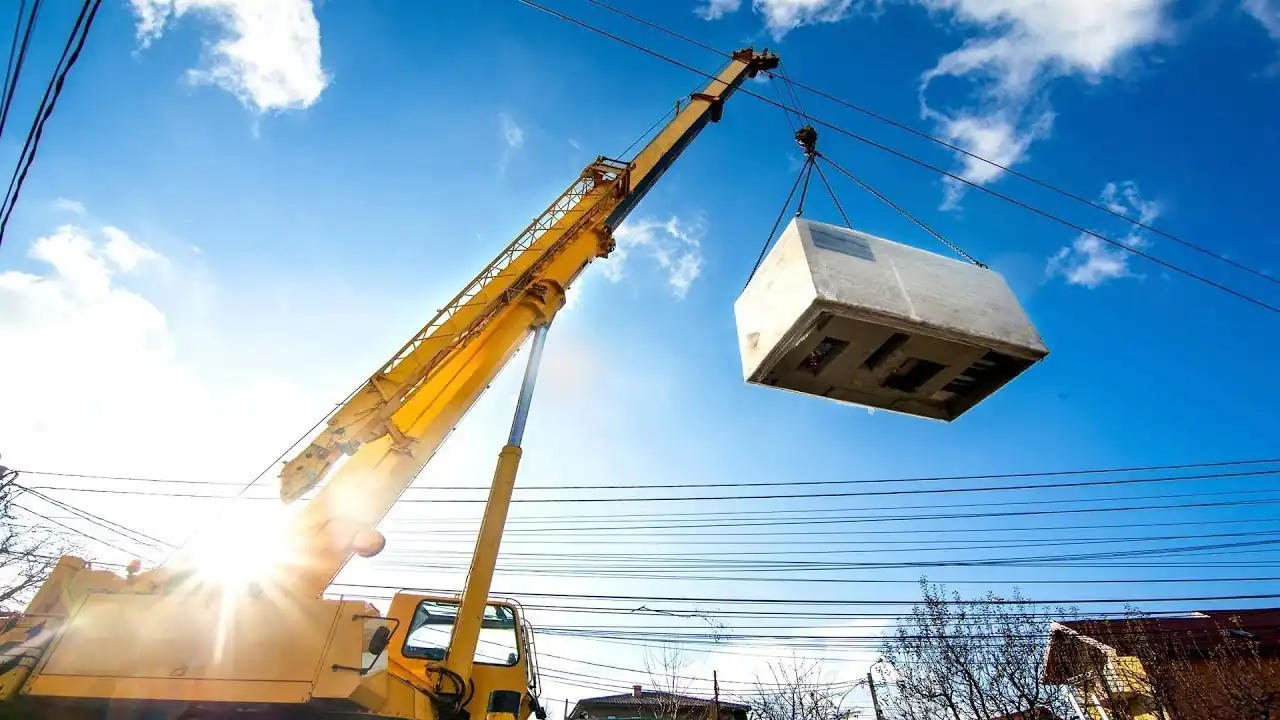f = ma: Does Mass Experience Zero Force When It Has No Acceleration?
This Physics Stack question poses an interestion question that popped up in my mind as well: in equation, if acceleration is zero, then so is the force? This brings up funny images to the mind: A car moving at high speed but at constant speed, that weighs 4 tons, would carry no force on it. So.... is it safe to get in contact with it?
Stack question is also an interesting imagination. To quote directly:
I was just pushing a huge rock which I couldn't move at all. Given that the acceleration was zero as a result of my efforts, since , doesn't this mean that the force must also have been zero?
This is an interesting question for two reasons. First it points at a common misconception about our daily understanding of physics. Second, it still does not have an accepted answer on Stack Physics! So I decided to use this topic for my next blog post :-) ... Let's begin.
It is the Force that matters, not your Mass!
Let's start from a totally different perspective. Say you are looking to buy a machine lifter crane. You need to move an object weighing about 1.5 tonnes. So you naturally open the catalogue of your favorite machine lifter supplier. They write, such an such machine lifter has a load bearing capacity of 2 tonnes. "That's more than 500 kg than my target!" you exclaim and decide to buy that product.

Now your machine lifter has arrived. You connect your load to your brand new machine lifter and start lifting the load in the air. When the load is half way up in the air, hanging at the tip of the crane, a rather fun idea strucks you: What would happen if I start swinging that load in the air? After all, the crane can bear a load of 500 kg more than your load. What could go wrong?
And you start swinging the 1.5 tonnes of object in the air, hanging at the tip of your crane. By the time the object swings at about 1.34 m/s2 acceleration, it violently detaches from the crane and falls on the ground with a big thump.
So what went wrong?
Well, your machine lifter provider lied to you, first of all. Saying that a machine has a load bearing capacity of "x kg" does not mean anything. What matters is the Newtonian force, the F in that matter. So if you start swinging a 1500 KG object at about 1.34 m/s2, you reach at about 2000 N force and surpass it slightly. Assuming that your supplier actually meant that the load bearing capacity was 2000 N, the crane would fail under more force (consider that this imaginary world is very literal: if they said the crane can hold a load of 2000 kg, then it will fail at 2001 kg ).
This is a common point that we miss about the perceived mass of an object. We say for example, I weigh 60 kg. But I actually weigh 60 kg x Gravitional constant of Earth, i.e. 9.8 m/s2. Which means I apply nearly 600 N force onto this chair as I sit on chair. It is my mass that is 60 kg. But my butt will have a different pressure on my chair if I am sitting on the chair on the moon. On Earth, as I sit on this chair, I apply a force of 600 N downwards, because Earth is applying a force on me that pulls me down. And yet I am stationary relative to my chair because the chair is holding me up.
Now if you go read the first answer on that Physics Stack question, it will make more sense.
The fact that a (massive) object is not moving even though we apply force on it means that the net force on this object is zero. Since it is zero, the object is not changing its velocity. Since the velocity is not changing, the aceleration must be zero. Since there is no acceleration, there is no single Force that prevails over other acting Forces.

This climbing rope can bear a load of 60 kg 💀
Hopefully you now understand why you should NOT go climbing with such a rope! While industrial machine lifters describe their load bearing capacity in terms of kilograms, the climbing equipment measure their load bearing capacity in Newtons. The reason for this is that if the climber falls about 10 meters before their rope stops them, by that time they will already be reaching at a speed of 14.14 m/s. This means the rope has to stop the climber at the speed of 14 meters per second! This means the rope now has to bear a much larger Force than when the climber was static.
This is the reason why we should not swing an industrial machine at the tip of a crane! And for the same reason, you should not go climbing with a rope that is initially designed to hold static loads. Either scenario can go horribly wrong.
So it is not really a lie that your machine lifter provider describes the load bearing capacity in terms of kilograms. As they know that you are dealing with static loads, it suffices to describe the capacity in terms of the weight of the object you will carry. Since these machine operate rather slowly, the acceleration in those circumstances are negligible.
When you go climbing, you might fall down from the rock before the rope stops you. In that circumstance, Earth's acceleration constant will have full effect on you and you will speed up considerably. It won't be your speed that applies a great force on the rope once it tries to stop your fall. It will be the reaction force that will attempt to stop your fall suddenly. For example, imagine a very weak but very elastic rope. Say this rope would break down even if you applied a little force on it. However it is very elastic, and it stretches comfortably when you pull it. So when you are attached to that rope and you are falling, it will slowly stop your fall, in such a way that you don't even feel a change in your speed as your fall comes to a halt. Maybe you will be falling for a few hundred meters as the rope stretches and slowly slows you down. This means that the negative acceleration with which the elastic rope stops you is very, very low. In such a situtation, the elastic rope, even though it is weak, will not fail. That being said, DO NOT test my claims...
Thanks for reading.